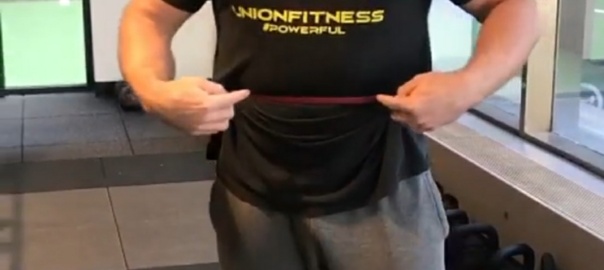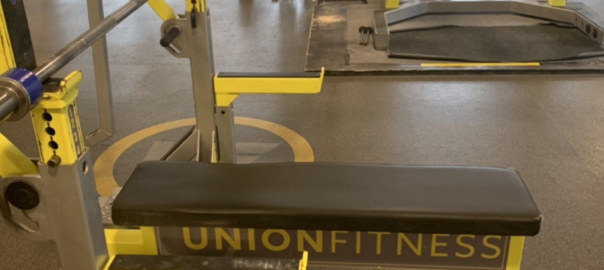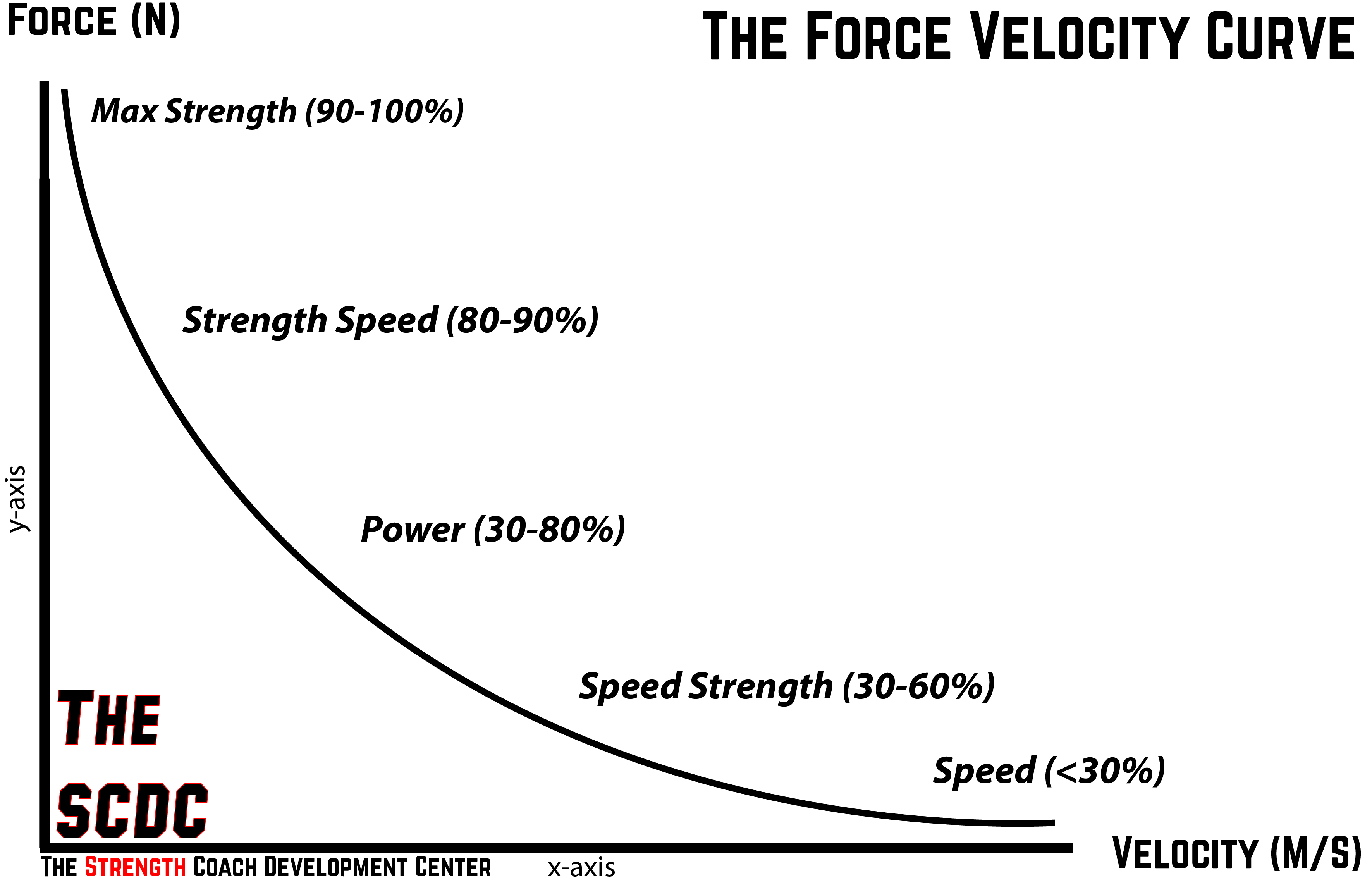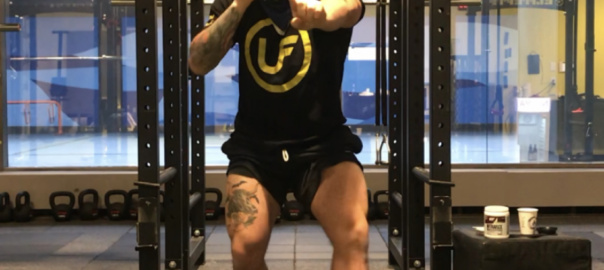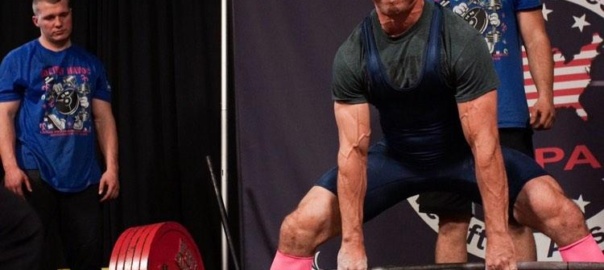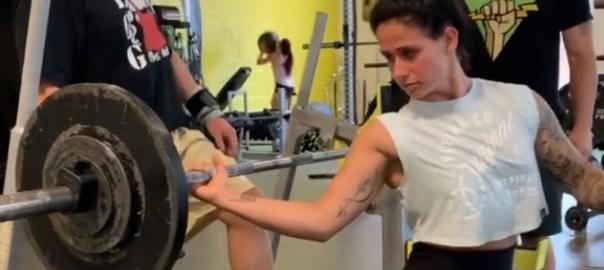The first sport I excelled at was cross country. I joined the team freshman year of high school, having had no real running background and fell in love with sport, the people, the feeling, and the progress. The desire to continue excelling got the best of my and I managed to turn a stress fracture in my femoral shaft into a full blown broken hip at the age of 17.
But as they say, everything happens for a reason and after surgery I started looking for new goals to work at and my friend escorted me to the local YMCA weight room. I’ll forever be in debt to him for introducing me to lifting considering that day influenced my major in school and my career path today. The problem arose when I was cleared to run again and I had to decide which discipline to devote my time too. The first step was deciding which was more important to me- considering I was planning to race my senior year of college, I had to make sure my cardiac fitness was where it needed to be. If we are being honest though, it has taken me years to learn how to appropriately balance cardio with weight training.
Progressing at two things at once is do-able for some time, but then starts to make you think “where would I be if I just focused on the one though?”. Multiple hiccups later (aka two more stress fractures) I began to cycle to feed that need for speed, without the impact. Low and behold I had begun a new obsession and was studying Kinesiology in college at the time I was ready to balance the two efficiently and appropriately. The key was figuring out how to use lifting as an adjunct to benefit my cycling, not take away from it. Figuring out the muscles I use on the bike core, glutes, hamstrings, quads and calves, and picking the exercises that strengthen those areas. I personally would never fully neglect the upper half of my body through, so I just did more days with a lower body emphasis than an upper. More recently I’ve been learning olympic lifts to work on my power since my cycling has a noticeable deficit in sprint efforts. I think the other important piece of information is to not be afraid of heavy weights affecting your cardio. For cycling especially, heavy sets of squat for minimal reps build the strength needed to push down on the pedals. Talking to an experienced coach or doing research yourself (the podcast Empirical Cycling Podcast shares a lot of quality information based of research) is your best bet to program efficiently.
In my opinion, if you’re using lifting as an adjunct then 2-4 full body workouts a week will show benefits. Doing both your passions can be done and weight training is actually starting to be encouraged as a preventative measure and a performance enhancer! Just a few generals that I go by though- performing the more important discipline first in the day while you have the most energy for it, not squatting heavy the day before a race or a hard workout, and don’t take it too seriously. The last thing I want to plug is that if you like cycling, so do I! Come talk to me about or maybe we can get a ride in!
Leah (the kid).

